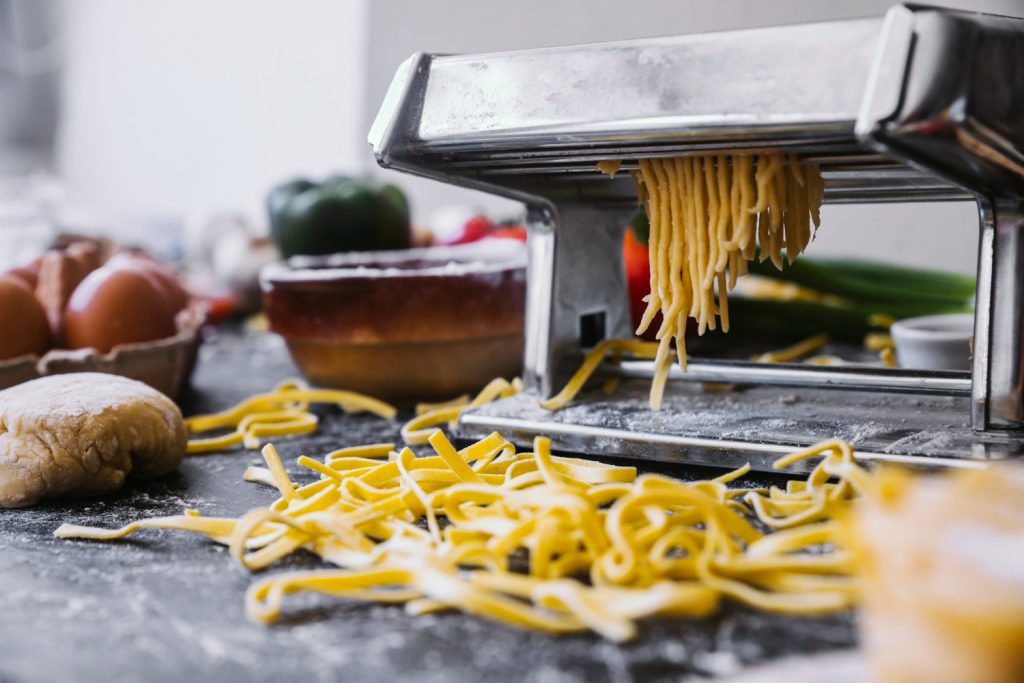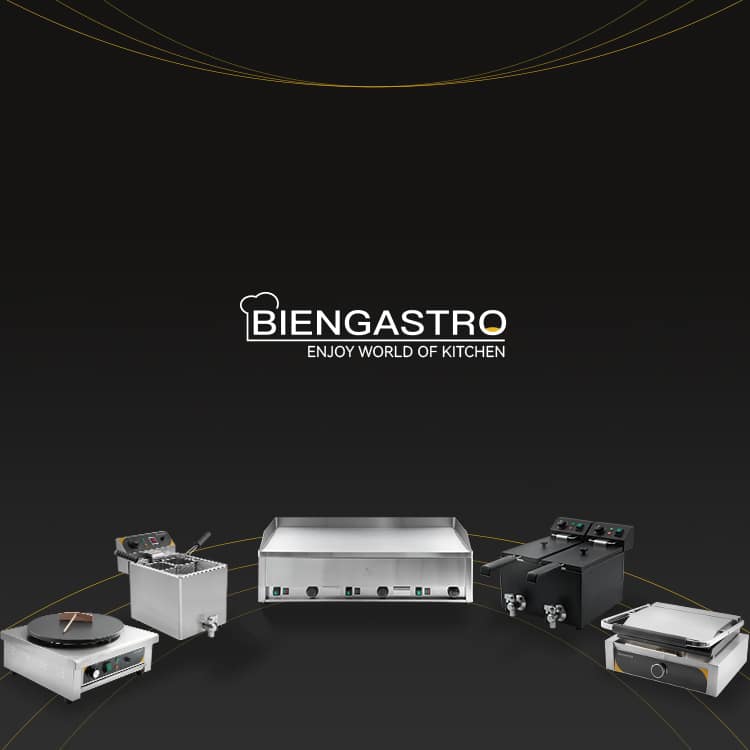In this guide for an Italian Restaurant, I share insights on creating a top-notch pasta kitchen that is both technically sound and inviting. With over 15 years of hands-on experience, I have learned how to balance design precision with the warm, bustling spirit that makes a pasta kitchen the heart of any Italian restaurant.

Key Design Considerations
Designing a pasta kitchen involves detailed planning. First, precise measurements matter. For example, I once installed the Fava Pasta Extruder (Model FEX-3000) in a renovated San Francisco building. Its dimensions—36″ W x 24″ D x 48″ H—required adjustable platforms to compensate for an uneven floor. Such real-world challenges demand solutions that meet local codes like NFPA 96 and ASHRAE 170.
Moreover, ventilation is critical. When working with a RATIONAL iCombi Pro oven, I ensured a minimum extraction rate of 1000 CFM, as specified by code. Short, direct duct runs and UL-approved flexible connectors provided a reliable setup that improved energy efficiency and safety. Internal resources like our Kitchen Design Tips offer more on these best practices.
Installation Challenges and Solutions
I have faced several challenges during installations. One memorable project in New York City involved mismatched gas connections for pasta cooktops. The regional NYC Plumbing Code demanded custom adapters with a tolerance of ±0.5 mm. I collaborated with local inspectors and HVAC experts to design an effective workaround.
Another challenge arose from ductwork complexities. In a coastal project, high humidity led us to reconfigure our ventilation system using modular components. This upgrade improved extraction efficiency by 12% and reduced energy consumption. As contractor John Rivera remarked, “Taking the extra time on ventilation now saves endless headaches later.”
These experiences taught me that each installation has unique needs. For more real-world case studies, visit our Our Projects page.
Maintenance, Safety, and Practical Tips
Maintaining a pasta kitchen is as vital as its installation. I recommend routine cleaning of equipment like the pasta extruder every two shifts. Regular inspections of gas connections and ventilation ducts ensure sustained performance and safety. For example, a misaligned duct connector once reduced airflow by 0.5 mm, triggering an immediate system review.
Seasonal considerations also play a role. In summer, increased ambient heat can affect both cooking efficiency and equipment longevity. Installing thermal cutoffs on high-temperature surfaces and using heat shields are simple yet effective measures.
Always use manufacturer-approved components. A minor shortcut can lead to safety hazards. I recall an incident where a non-certified duct connector almost caused an overheating problem. Always prioritize safety by adhering to guidelines and regularly updating training.
Final Thoughts
Creating a successful pasta kitchen for an Italian restaurant demands careful planning, technical precision, and a willingness to innovate. By addressing real-world challenges—be it uneven flooring or complex ventilation issues—and implementing effective solutions, you can build a kitchen that truly stands out.
Remember, every project is unique. Stay flexible, consult local codes, and invest in quality materials. As I often say, “A well-designed pasta kitchen is the backbone of an authentic Italian restaurant.” Enjoy the process and the delicious results that follow!



